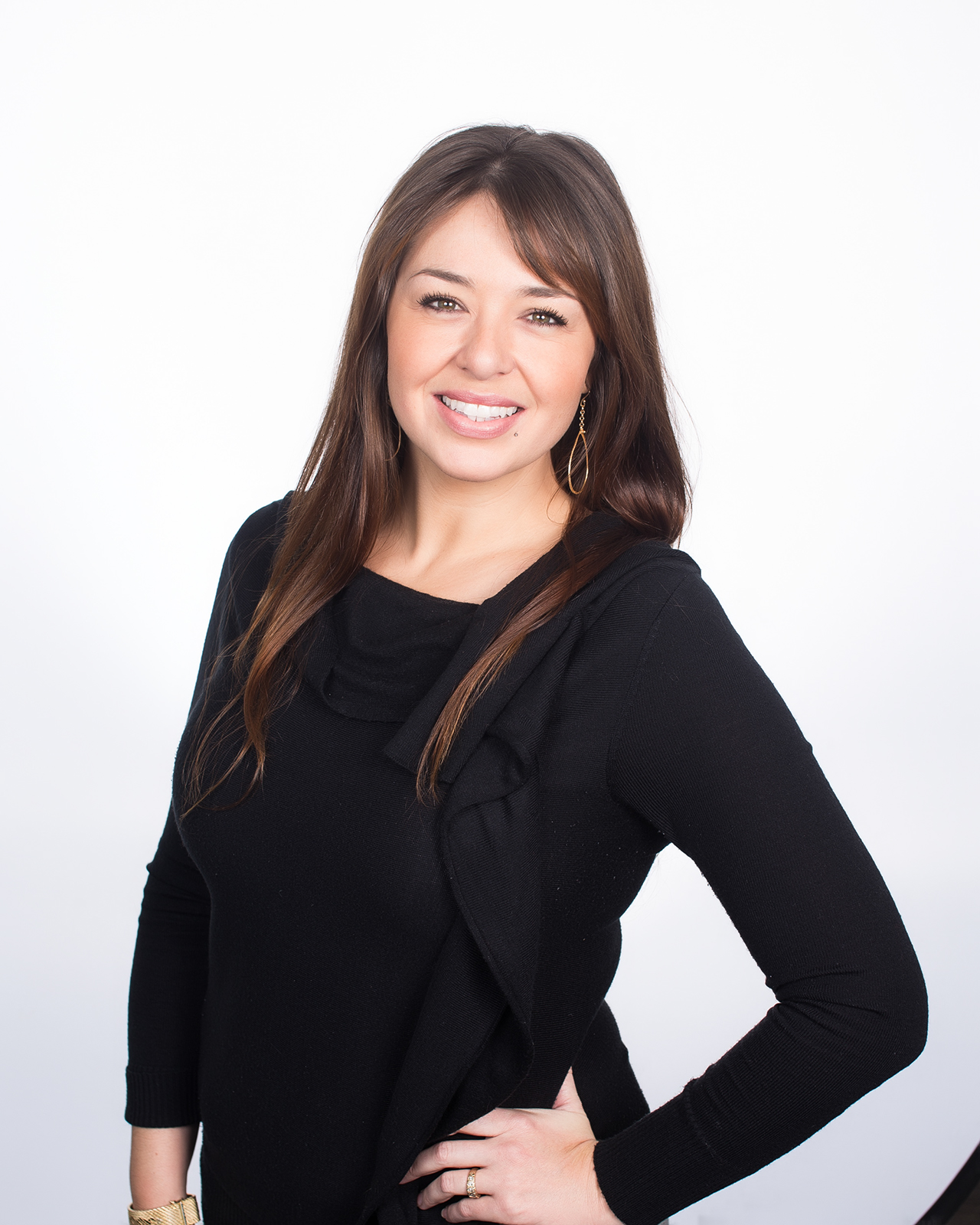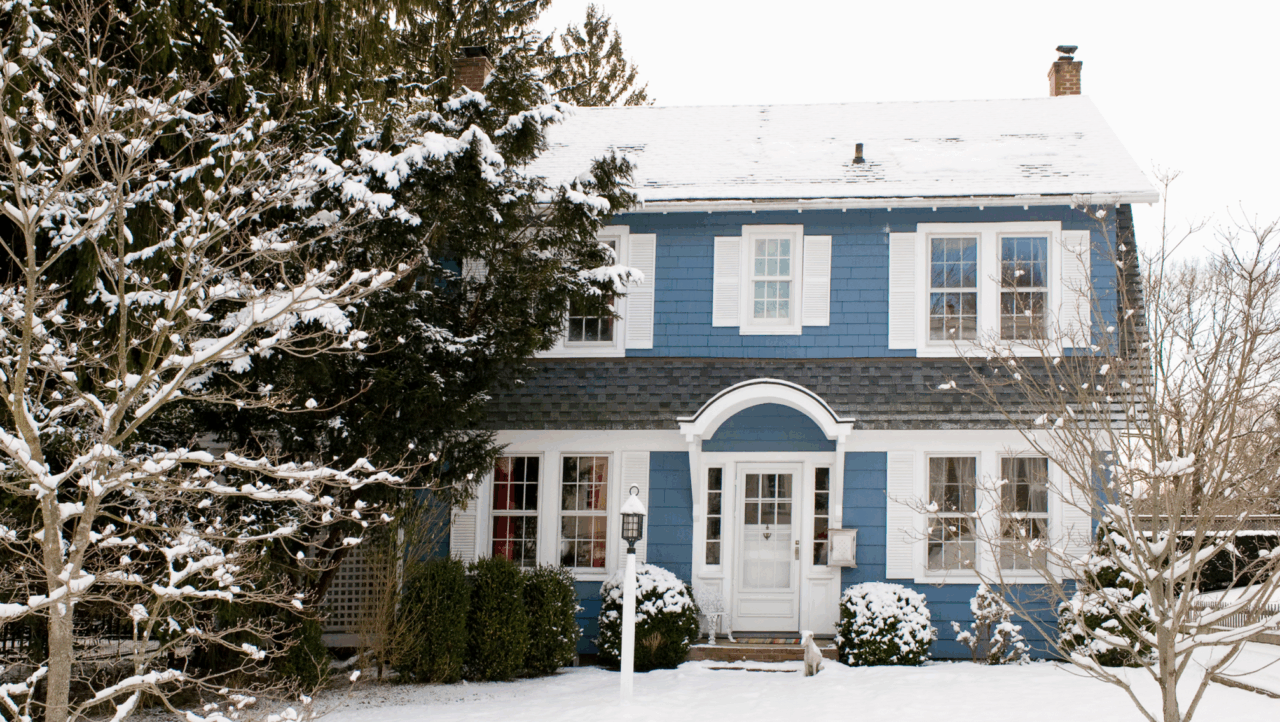What Is A Fixed-Rate Mortgage and Why Does It Matter?


Written by Tali Bendzak on June 30, 2023
There are many different types of mortgages, and it’s important to take the time to find the one that works best for your financial situation. A mortgage lender can walk you through the important considerations when choosing a loan, including the impact of interest rates, buying down the rate with mortgage points, locking in your rate, choosing a fixed-rate vs adjustable rate, and programs designed to save you money. Let’s break this down.
What is a fixed-rate mortgage?
A fixed-rate mortgage is a loan option with a set interest rate and repayment period, neither of which change over the life of the loan. Your total payment amount is consistent each month, and you’ll pay varied proportions of principal and interest over time, a process called amortization. The only monthly costs that can increase over time are property taxes and homeowners insurance.
Mortgage rates impact the cost of your home loan
Your mortgage interest rate determines how much you’ll pay to borrow the money you need to purchase a home. It’s calculated as a percentage of the total loan amount.
Multiple factors influence the interest rate that a lender will offer you. These include your credit history, credit score, down payment amount and debt-to-income ratio. And different lenders have different qualification criteria, which means the rate one lender offers is not necessarily the same as the rate you’ll receive from the next lender. Therefore, you should always compare rates from multiple lenders before moving forward. If you decide to pursue a fixed-rate loan, you can lock in your rate any time after you sign your purchase agreement and before you close on your home.
Types of fixed-rate mortgages
Learn more about the most common types of fixed-rate mortgages at a glance:
- FHA fixed-rate mortgages are popular with first-time home buyers and available to applicants with lower credit scores
- Conventional fixed-rate mortgages are available from a wide range of lenders with low down payment requirements
- 30-year fixed-rate mortgages are popular for their lower monthly payments
- 15-year fixed-rate mortgages may reduce overall interest paid over the life of the loan
- 20-year fixed-rate mortgages offer a “middle ground” between affordable monthly payments and low total interest
- 10-year fixed-rate mortgages are designed for those with budget flexibility who want to pay their loan off quickly
Fixed vs adjustable rate mortgage
When you finance a home loan, you’ll be required to choose between a fixed rate and adjustable rate mortgage. A fixed rate remains unchanged until you pay off your loan, while an adjustable rate changes periodically throughout the length of the loan.
An adjustable-rate mortgage, commonly abbreviated as an ARM, is a mortgage that typically starts with a low initial interest rate. In fact, the rate is often lower than a fixed-rate mortgage rate. However, after the initial period has ended, the rate usually increases in line with a benchmark index such as the Secured Overnight Financing Rate (SOFR Index) and the structure of the loan. Because the rate varies throughout the 15 or 30 years that you’re repaying the loan, it’s also referred to as a variable rate mortgage.
If you plan to live in your home for a short time before selling it, an ARM might be right for you, as you can take advantage of the low initial rate. However, if you plan to stay in your home long-term or if you’re more risk-averse, a fixed-rate mortgage may be preferable.
How does a fixed-rate mortgage work?
During the loan application process you’ll make a lot of loan-related decisions with the guidance of your lender, including whether to get a fixed-rate mortgage or an ARM. Here are some of the choices you’ll make that dictate the terms of your loan and the way the loan will work after closing.
Loan program: FHA vs conventional
Two of the most common loan types are FHA loans and conventional loans. FHA loans are insured by the Federal Housing Administration and issued by lenders. Because the government shoulders the credit risk for the lenders, they’re able to offer loans to people with limited savings and/or lower credit scores — making homeownership accessible to more people. FHA loans are especially popular with first-time home buyers who may not have large down payments, savings or excellent credit.
Conventional loans are not backed by the government, which means the qualification criteria can be stricter. If you qualify for a conventional loan with a bank, credit union or mortgage company, you may enjoy lower interest rates than an FHA loan. Other beneficial terms can include a faster, more streamlined closing process, avoidance of mortgage insurance with 20% down, or automatic removal of mortgage insurance once 20% equity is reached. And because conventional loans are more difficult to qualify for, a seller who receives multiple competing offers may opt for the conventional offer over the FHA offer because they assume the conventional buyer is less likely to face financing hurdles during the underwriting process.
Loan term: 10, 20, 15, or 30 years
You’ll also need to choose your loan term, or the length of the payback period. Common fixed-rate mortgage terms are 15 and 30 years, though other lengths are also available. 15-year loans are often considered less risky because the lender gets repaid in half of the standard 30-year time period, and because borrowers typically have higher incomes when qualifying for steeper monthly payments. This lower risk means you benefit from significantly lower interest rates, regardless of the loan program.
When deciding on your term, it’s helpful to know that the shorter the loan term, the less you’ll pay in interest overall, but the higher your monthly payments will be.
Here’s an example, using a $300,000 loan with a 6% interest rate. Keep in mind, these examples exclude property taxes and insurance premiums that increase the monthly payment obligation.
- If you repay your loan over 30 years, each monthly payment will be roughly $1,799. Total interest paid: $347,515.
- If you repay your loan over 15 years, each monthly payment will be roughly $2,532. Total interest paid: $155,683.
A middle-of-the-road solution is a 20-year fixed mortgage. It reduces the total interest compared to a 30-year loan, but offers monthly payments that are more affordable than a 15-year option. Using the same example above, with a 20-year mortgage, each monthly payment would be $2,149, with a total interest paid of $215,831. Keep in mind, most lenders can set up amortization over any period of time between 20 and 30 years.
Amortization schedule
On a fixed-rate mortgage, each month you’ll make a payment that is a combination of principal and interest. Principal is the amount of money you borrowed and interest is the cost of borrowing. On a 30-year loan, you’ll make a total of 360 payments. At first, the majority of your monthly payment will go toward interest. As more principal is paid, less interest is due on the remaining balance, and more of each payment will go toward principal. This process is called amortization.
Here’s an example of a $300,000 loan with a 30-year fixed rate of 6%. Note: This example does not include other items you might pay for monthly, like mortgage insurance premiums, homeowners insurance or property taxes so your actual payment obligation will be greater.
| Payment # | Amount | Principal | Interest | Remaining Principal |
|---|---|---|---|---|
| Payment 1 First month’s payment | $1,799 | $299 | $1,500 | $299,701 |
| Payment 180 Midway payment | $1,799 | $729 | $1,069 | $213,147 |
| Payment 360 Last month’s payment | $1,799 | $1,791 | $9 | $0 |
This is a simple example, but you can calculate the full amortization of your loan using an amortization calculator.
Interest rate
Since qualification criteria can vary by loan program and lender, you may be offered higher or lower interest rates depending on the lender you choose. Be sure to get pre-qualified or pre-approved with multiple lenders so you can compare rates. You can typically get pre-qualified with no impact to your credit score as most lenders only perform a soft credit pull. You’ll want to prioritize working with a lender with quality customer service, so they can walk you through the options related to buying down your rate and the process of locking your interest rate.
Pros and cons of fixed-rate mortgages
With any financial decision related to buying a home, there are benefits and drawbacks. And the choices that make sense for one borrower may not be favorable for another. Generally speaking, here are a few pros and cons of fixed-rate mortgages to consider.
Advantages of a fixed-rate mortgage
There are quite a few advantages to choosing a fixed-rate mortgage.
Predictable monthly payments: You’ll pay the same total amount each month, which is helpful for budgeting and long-term financial planning.
Lower risk: You’re protected from fluctuating interest rates if conditions out of your control cause rates to spike.
Ability to lock in a low rate: It can be especially advantageous to lock in a fixed rate when interest rates are low. For example, in January 2021, the average rates on a 30-year fixed mortgage were below 2.5%. One year later, they were 3.5%, and by the beginning of 2023, they topped 6%. Rates are always changing, and locking in a fixed rate when rates are low can save you thousands of dollars over the life of the loan.
Disadvantages of a fixed-rate mortgage compared to ARMS
There are some downsides to fixed-rate mortgages you should consider.
Rates are higher than introductory ARM rates: ARMs offer lower interest rates for the initial term. That means fixed-rate mortgages aren’t always the right option for people who don’t plan on owning for long.
Lack of flexibility: With a fixed-rate mortgage, you’re locked in until you refinance. If interest rates drop, you’ll only be able to take advantage of them with a refinance, which can be costly and time consuming.
Should I get a fixed-rate mortgage?
Deciding to get a fixed-rate mortgage is a personal choice and one that you should make with the help of a loan officer. Generally, if you prefer consistent payments and plan to own for five years or longer, a fixed-rate mortgage is likely a financially beneficial option.
How much home can you afford?
At Zillow Home Loans, we can pre-qualify you in as little as 5 minutes, with no impact to your credit score.
Zillow Home Loans, NMLS # 10287. Equal Housing Lender
Get pre-qualifiedHow much home can you afford?
See what's in reach with low down payment options, no hidden fees and step-by-step guidance from us at
Zillow Home Loans.
Zillow Home Loans, NMLS # 10287. Equal Housing Lender
Calculate your BuyAbility℠



